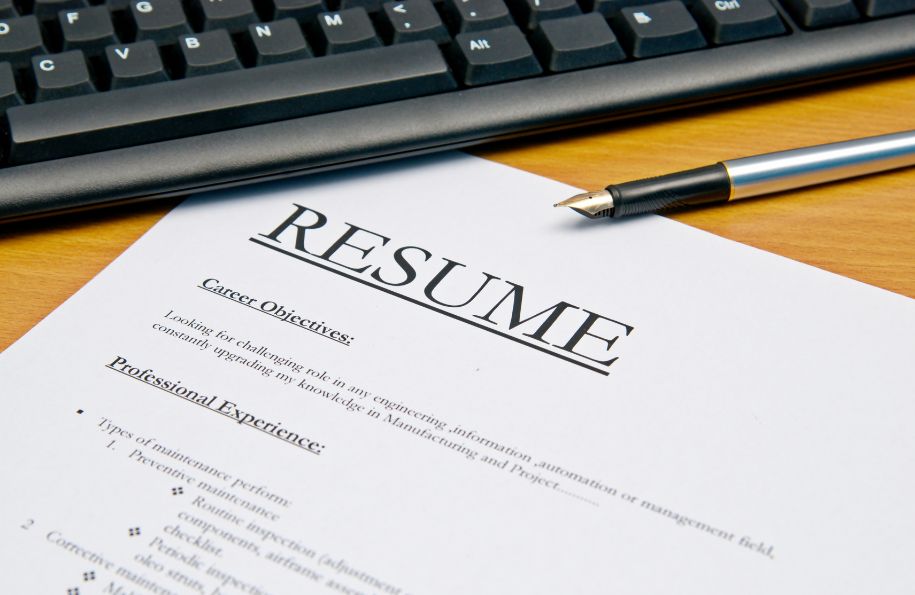Social media screening scopes out potential candidates via their online persona. Recruitment teams look for key information and details that could sway their decision to hire. Based on the belief that a social media profile will offer greater insight into who the candidate is beyond their professional job application. It’s cost-effective, time-saving and easy for a recruiter to validate a potential candidate via social media.
But is it always ethical?
No. Whilst common, social media screening has been widely disputed as an unfair recruitment practice. This is because a quick social media check involves human judgement derived from personal opinions and assumptions. Increasing the risk of unconscious bias, prejudice and discrimination.
Social media screening mistakes

Making decisions based on online perceptions
Is a candidate’s online self a true representation of who they are as a person?
“This person likes to go out a lot, will they be committed to their job?”
Instantly a recruiter has made a potentially false correlation between how a candidate spends their spare time and their dedication to the role.
It’s worth remembering that a social media feed is generally considered a ‘highlight reel’, so more often than not, people will post only their best moments. Take for instance a busy Monday morning at work, with an endless list of emails and meetings to attend, posting on social media may not be their top priority.
Gravitating towards similarities
“Interesting, this candidate studied at the same school as me, we have mutual friends, maybe I know them? Maybe they live locally…?”
When a recruiter feels an affinity towards a candidate, they can subconsciously gravitate towards them. Once they find common correlations between themselves and the candidate, they may be more inclined to favour their application above others.
However, the risks in doing so are damaging to all applications as well as for diversity and inclusivity. Affinity bias unfairly disregards other candidates with who the recruiter shares the greatest differences.
A common occurrence in recruitment is hiring a ‘mini-me’. Candidates are favoured because they share similar personality traits to the hiring manager. Based on unconscious motives and a belief that this person will make a good hire because their character qualities align.
Human curiosity
“I want to be able to put a face to the name.”
Some recruiters use social media to settle curiosity prior to an interview. What do they look like? Will they look how I imagine?
The issue with this is, subconsciously they are letting appearances affect their hiring motives. If they don’t like the way someone looks will this mean they won’t get the job? Or what if the applicant doesn’t fit their mould of the ‘perfect’ candidate?
Consequently, candidates may be judged on their age, race, gender and other factors that could put them at risk of discrimination.
Why social media screening doesn’t always work…
Inconsistent results
Manual screening causes inconsistencies that make it difficult to collect fair results and also justify hiring decisions. Due to different factors influencing the screening process. Such as…
- Candidates that use different social media platforms. Not every applicant will use the same sites, making it difficult to gain comparable results.
- Some candidates may not even use social media, have active accounts or could completely privatise their profiles.
- Different recruiters who favour different candidate ‘qualities’.
- Not everyone is an active social media user, so where do these candidates rank?
How to reduce recruitment bias in social media
Implement consistency – screen every single candidate for the same criteria using the same social media platforms. This way it is easier to measure results and run a fairer comparison.
Utilise professional social networks – LinkedIn is the ideal choice. It can also be a useful way to verify a candidate’s education and employment history.
Set rules – for example, any candidates with inappropriate, offensive or even discriminatory content should be automatically unconsidered for the role.
Consider privacy – set boundaries. Digging deep into a candidate’s pictures from 5 years ago isn’t the most effective use of time.
Social screening technology – there are technologies available (such as Ferretly and Social Intelligence) that enable employers to run a background check on candidates via their social media profiles. Automatically configuring reports, for hiring teams to gain a greater overview of the potential applicants.








